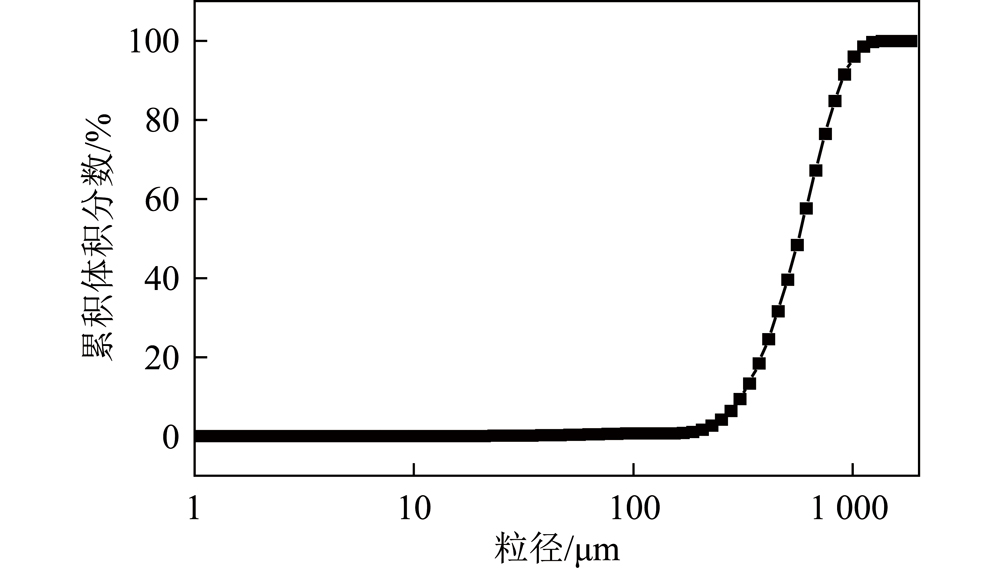Gas generation characteristics of Shenmu bituminous coal in fluidized preheating
 2023 No. 02
2023 No. 02
 603
603 322
322

Citation format:

Authors:
- ZHANG Zhen
- ZHU Jianguo
- SHI Yongshuai
- WANG Tingting

Unit:
- School of Energy

Abstract:
The preheating combustion is a novel effective and clean combustion technology with the technical advantages of wide fuel adaptability, high load adjustment and low pollutant emission. The preheating coal gas generated after the pulverized coal fluidization preheating can not only reflect the modification degree of the pulverized coal in a preheating process, but also play an important role in subsequent combustion efficiency and NOx emission as well. Therefore, the preheating coal gas generated after the pulverized coal fluidization preheating is a key for controlling fuel conversion and low NOx emission. Based on the pulverized coal fluidized preheating conversion process, the effects of preheating temperature, air equivalence ratio of CFB, and pulverized coal particle size on the preheated gas generation characteristics were investigated in this paper on a kW-stage pulverized coal preheating combustion experimental platform with controllable temperature. The results show that the pyrolysis and gasification reaction are enhanced with the increase of preheating temperature in the range of 850-950 ℃. The volume fraction of CO2 in the gas decreases, the volume fraction of CO increases, the volume fraction of H2 increases firstly and then remains unchanged, while the volume fraction of CH4 increases firstly and then decreases. The gas quality is improved and the heat value increases from 2.86 MJ/m3 to 3.61 MJ/m3. When the air equivalent ratio of CFB increases from 0.3 to 0.5, the oxidation reaction is enhanced, the volume fraction of CO2 in the gas increases, the volume fractions of CO, H2 and CH4 decreases, and the heat value of gas decreases from 3.44 MJ/m3 to 2.04 MJ/m3. With the increase of pulverized coal particle size, the residence time of pulverized coal in the riser is prolonged and the gasification reaction is enhanced. The volume fraction of CO2 in the gas decreases, the volume fraction of CO and H2 increases, the volume fraction of CH4 increases first and then decreases, and the heat value of gas increases from 2.30 MJ/m3 to 3.63 MJ/m3.

Keywords:
- gas generation characteristics
- preheating temperature
- circulating fluidized bed
- air equivalence ratio
- particle size

Citation format:
通讯作者:朱建国(1977—),男,山东巨野人,正高级工程师,硕士生导师,博士。E-mail:zhujianguo@iet.cn

Chart:

Articles:

-
Executive director
China Coal Science and Industry Group Co., Ltd
-
Sponsored by
Coal Science Research Institute Co., Ltd
Coal Industry Clean Coal Engineering
Technology Research Center -
Editor in Chief
XIE Qiang
-
Vice Editor-in-Chief
YU Chang
SHI Yixiang
ZHAO Yongchun
DUAN Linbo
CAO Jingpei
ZENG Jie -
Publication Frequencies
Monthly
-
ISSN
1006-6772
-
CN
11-3676/TD
Covered by
- CSTPCD
- RCCSE(A+)
- AJ
- EBSCO host
- Ulrichsweb
- JST
- Scopus
Contact us
New Media
-
 Meichuanmei
Meichuanmei -
 Clean Coal Technology
Clean Coal Technology -
 Online Journals
Online Journals








 Submission system
Submission system Copyright agreement
Copyright agreement Instructions for authors
Instructions for authors